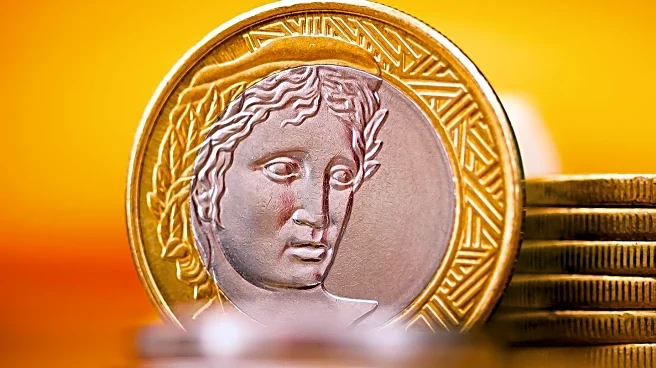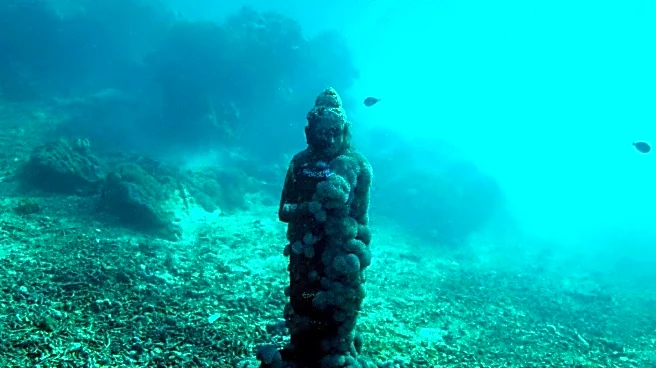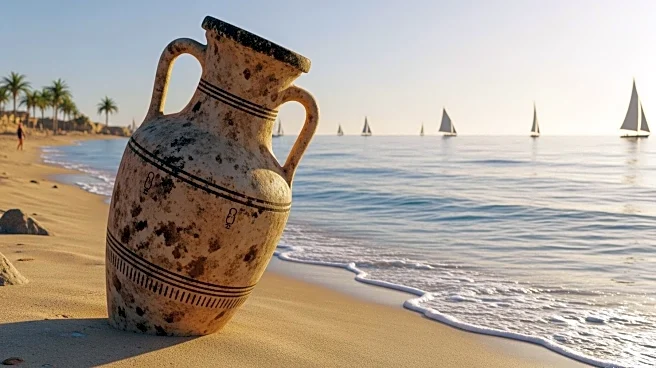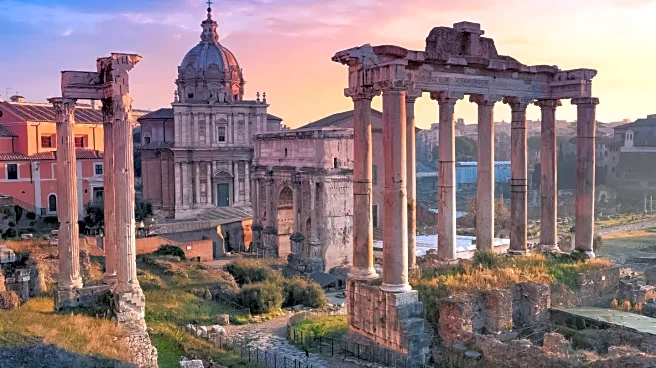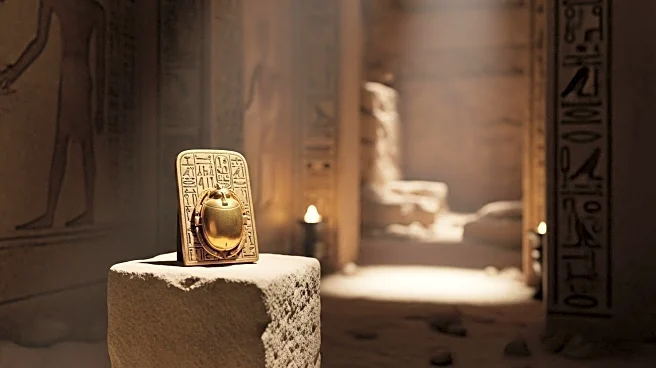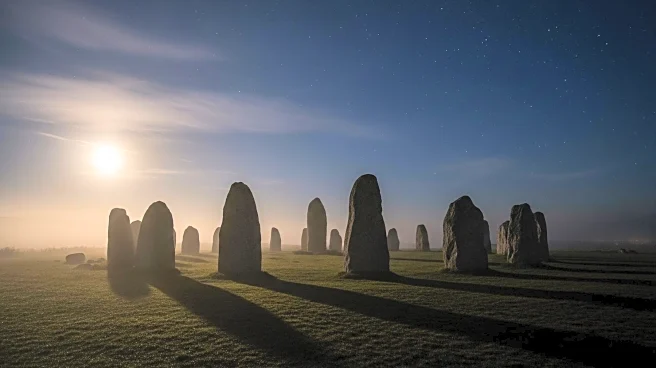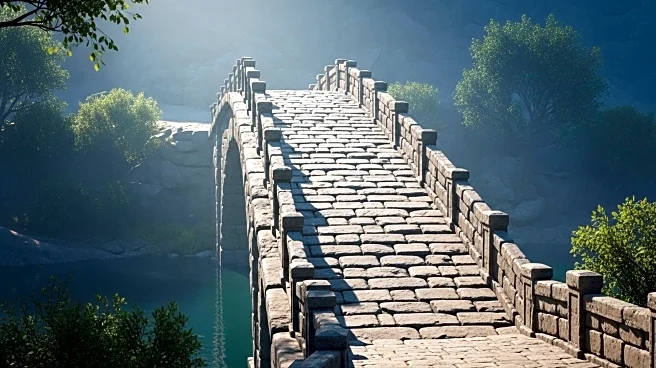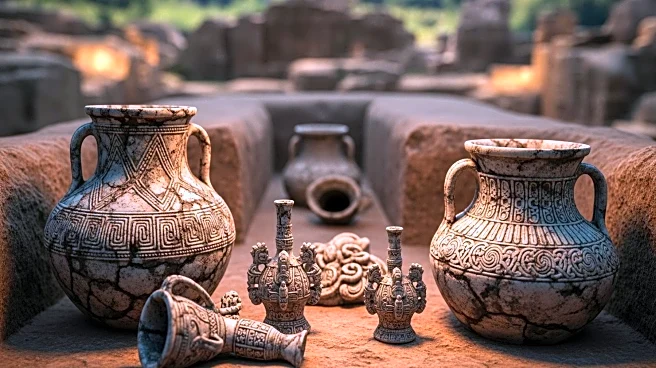What's Happening?
A rare collection of 22 bronze coins, dating back over 1,600 years to the 4th century CE, has been discovered in the ancient settlement of Hukok in the Lower Galilee. The coins were found in a crevice within an underground complex during a joint archaeological excavation by the Israel Antiquities Authority and Zefat Academic College. The site, originally used during the Great Revolt and later the Bar-Kochba Revolt, was unexpectedly linked to the Gallus Revolt, a lesser-known Jewish rebellion against Roman rule. The coins bear the images of Emperors Constantius II and Constans I, indicating the tunnels were reused during this later revolt.
Why It's Important?
The discovery provides unique evidence of the Gallus Revolt, a period with scant historical documentation. It highlights the resilience and strategic planning of Jewish communities under Roman oppression. The find enriches the historical narrative of Jewish resistance and survival, offering insights into the socio-political dynamics of the era. The site is considered a flagship project by the Israel Antiquities Authority, promising to attract tourists and scholars interested in archaeological and historical studies.
What's Next?
The Hukok site is set to become a major tourist attraction, with plans for development to accommodate public visits. The Israel Antiquities Authority, along with KKL-JNF, is advancing efforts to preserve and present the site’s historical significance. The discovery will be showcased at an upcoming conference, furthering academic and public engagement with the region’s rich archaeological heritage.
Beyond the Headlines
The discovery underscores the importance of community involvement in archaeological projects, as volunteers played a crucial role in uncovering the hoard. It also reflects the enduring cultural and historical connections of Jewish communities to their ancestral lands, reinforcing identity and heritage amidst modern challenges.

